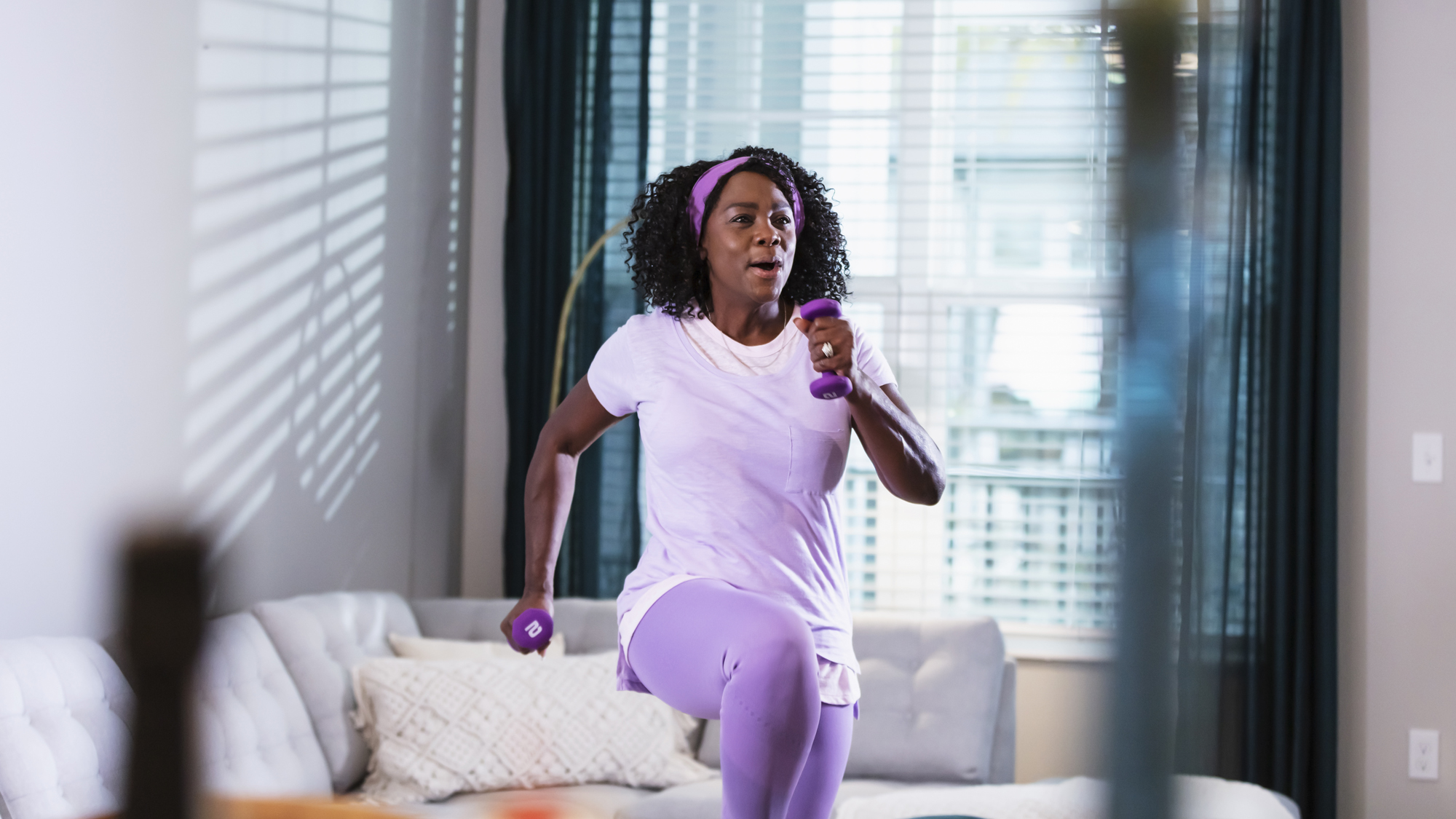Over 60? Work out twice a week to maintain muscle as you age
Two sessions per week with up to three sets per exercise is the best way to stay active as you age


For many people, the aim of a workout is to build more muscle, but it's just as important to focus on maintaining the muscle you've got, especially as we get older. This doesn't have to mean daily gym sessions: a new study has found that two sessions per week might be enough to stay the course and maintain your current fitness level.
If you prefer exercising at home, then it's worth investing in a set of the best adjustable dumbbells for these twice-weekly workouts. These space-saving weights combine several dumbbells in one and can quickly adapt to a range of strength training moves.
This flexibility is important as the researchers noted that the "exercise intensity [should result] in maximal effort during the final repetition of each set," so it's essential to choose a weight that's challenging but achievable.
The findings, published in the Journal of Strength and Conditioning Research, resulted from an analysis of previous research exploring the minimum amount of training you need to maintain physical performance.
For over 60s to maintain muscle, the recommendation was to workout twice a week, performing up to three sets per exercise at a weight that you can lift consistently up to the final set.

If you've enjoyed high-intensity, cardio-focused workouts in the past, the team suggests that it's possible to maintain this style of fitness with just 13 minutes of exercise, so long as you exercise at the same intensity and can stick to your previous training schedule.
Although you'll still be training, this guidance is designed to help you find the minimum amount of exercise you need to offset age-related muscle loss rather than to develop bigger muscles, or get stronger than you were.
Start your week with achievable workout ideas, health tips and wellbeing advice in your inbox.
It's an important distinction as maintaining muscle is crucial for staying active and healthy in our later years, but you might not want or feel able to tackle more sessions each week to fit in additional resistance training.
This meta-analysis sits well with other studies which found that regular whey protein and resistance training help fight the effects of aging. Combining these two improves your walking speed, increases muscle strength, and reduces signs of inflammation.
If you have been struggling with chronic pain in your legs or arms, then it's worth adding the best supplements for joints into your daily routine too. These also help tackle inflammation and pain, making staying active easier and more comfortable.
When you're ready for your next session, the best workouts for abs are a great place to start. These build core strength, which promotes blood circulation, prevents lower back pain, and improves your balance and posture.

James is a London-based journalist and Fitness Editor at Fit&Well. He has over five years experience in fitness tech, including time spent as the Buyer’s Guide Editor and Staff Writer at technology publication MakeUseOf. In 2014 he was diagnosed with a chronic health condition, which spurred his interest in health, fitness, and lifestyle management.
In the years since, he has become a devoted meditator, experimented with workout styles and exercises, and used various gadgets to monitor his health. In recent times, James has been absorbed by the intersection between mental health, fitness, sustainability, and environmentalism. When not concerning himself with health and technology, James can be found excitedly checking out each week’s New Music Friday releases.